A Selection of 7 Treatment Techniques and Self-care Strategies for Piriformis Syndrome
Piriformis syndrome is a common condition that can cause pain and discomfort in the buttocks and legs. The piriformis muscle is located in the buttocks and is responsible for stabilizing the hip joint. When this muscle becomes tight or inflamed, it can compress the sciatic nerve and cause pain.
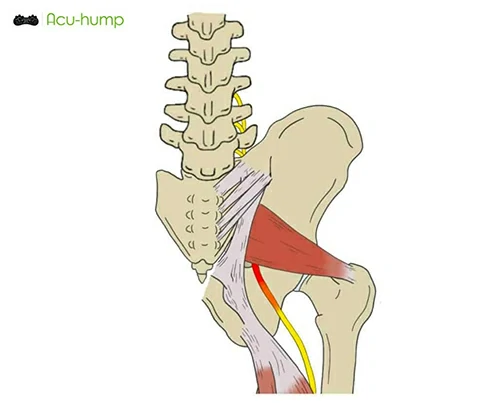
Fortunately, there are 7 ways to relieve pain from piriformis syndrome. One such method is the use of a self-massage tool called the Acu-hump.
Here are some tips on how to effectively use the Acu-hump to relieve pain from piriformis syndrome:
1. Identify the affected area
The first step is to identify the affected area. The Acu-hump is most effective when used on the buttocks and hip muscles.
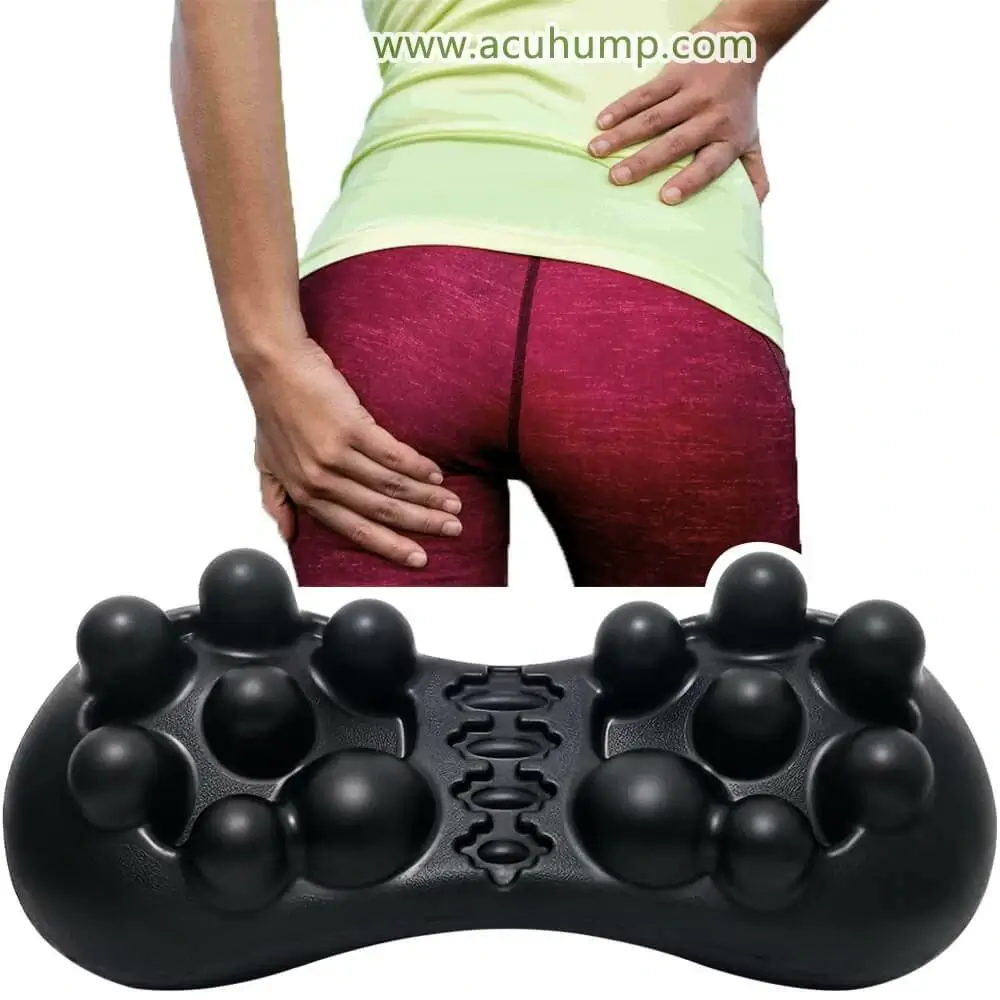
Acu-hump: 30-day return policy. No risk for you.
2. Position the Acu-hump
Once you have identified the affected area, position the Acu-hump under the targeted muscle group. Use your body weight to apply pressure to the Acu-hump.
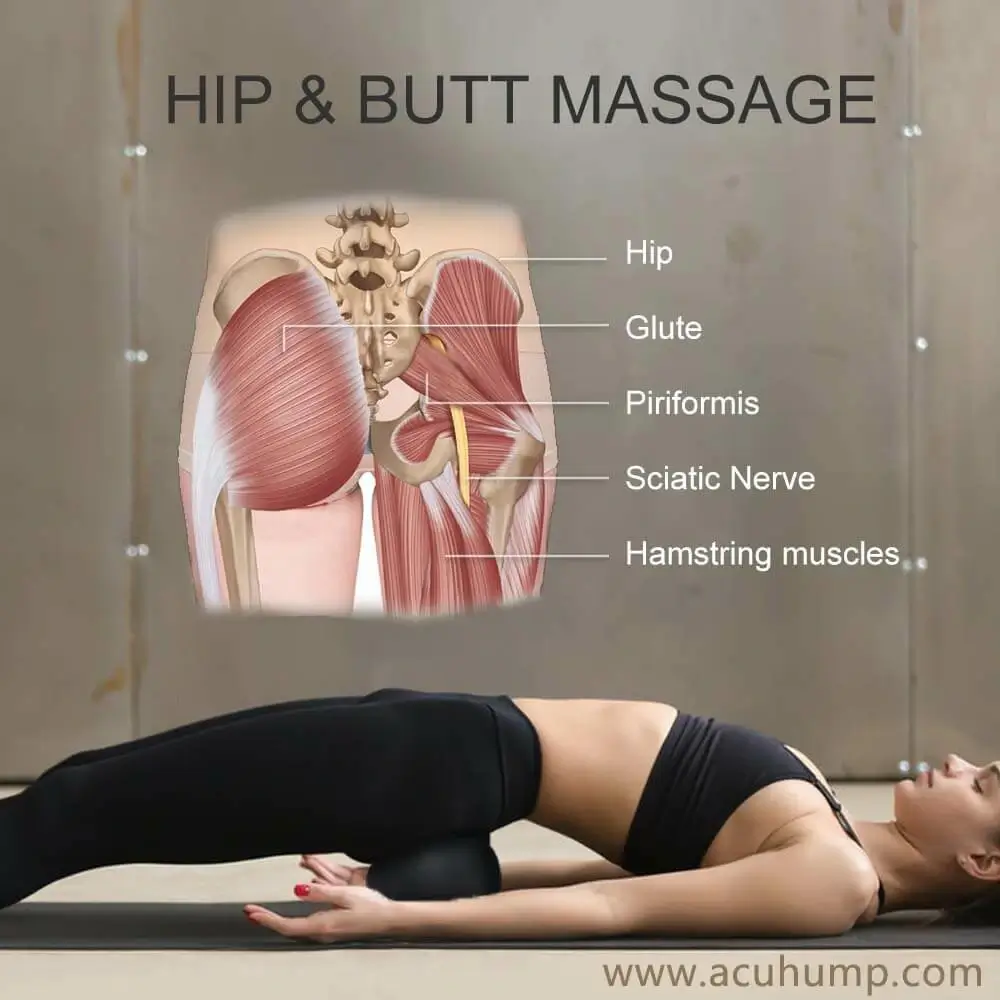
3. Roll right and left
Slowly roll right and left over the Acu-hump, applying pressure to the affected muscle. This will help to break up muscle knots or trigger points in the hip.
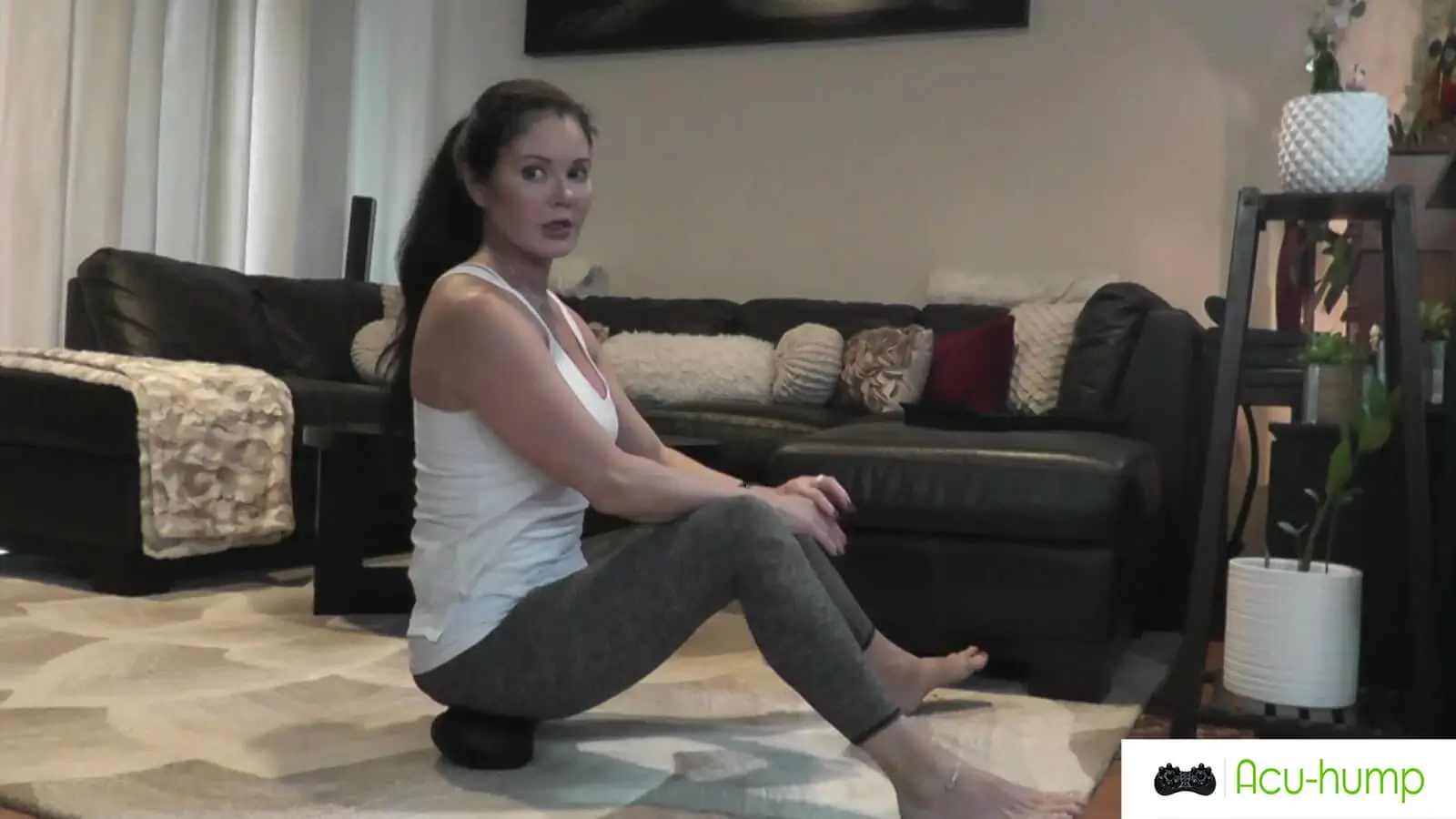
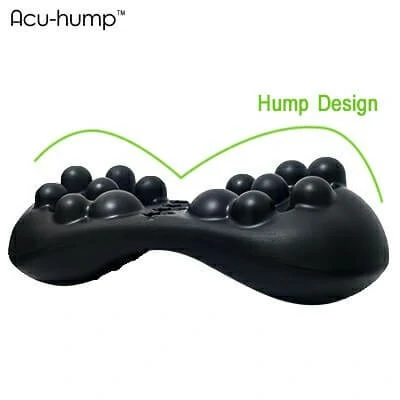
Break Up Your Muscle Knots and Trigger Points
4. Adjust pressure as needed
Adjust the pressure as needed to ensure that you are not causing excessive pain or discomfort.
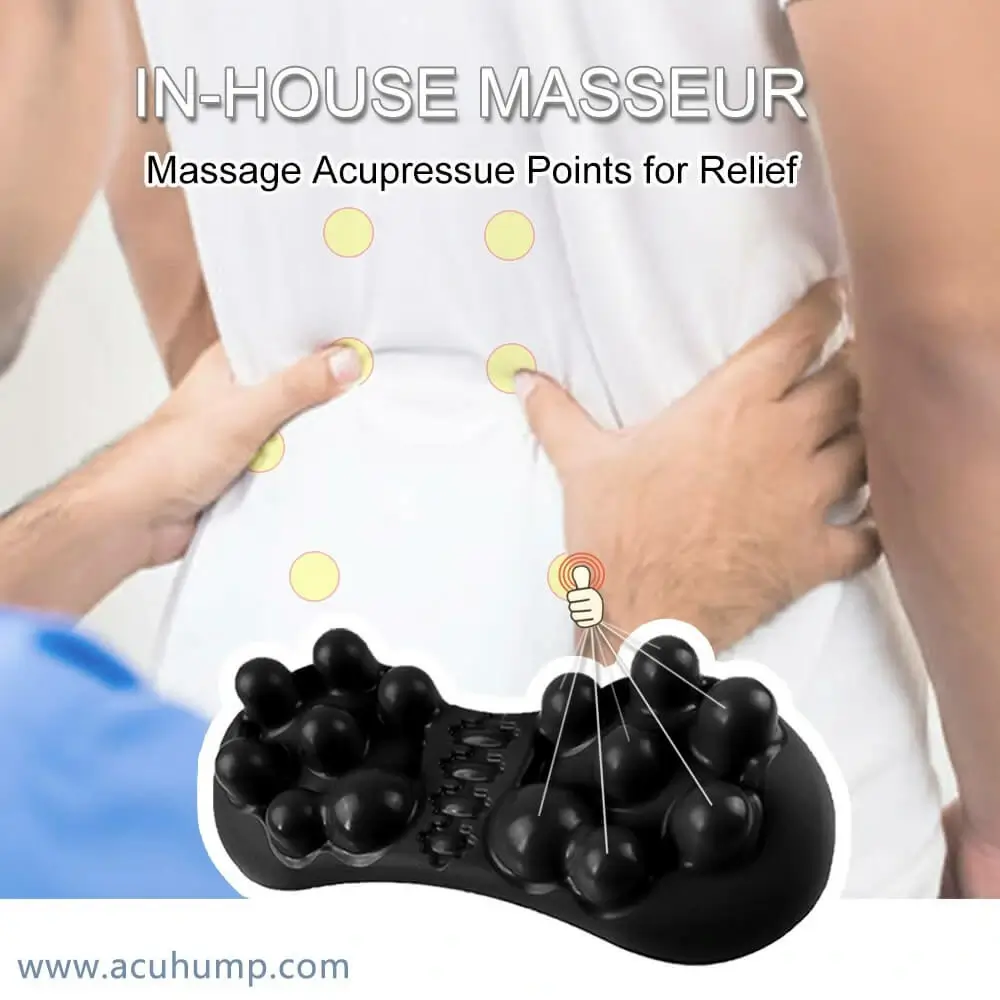
5. Stretch after using the Acu-hump
After using the Acu-hump, take some time to stretch the affected muscle group. This will help to further alleviate pain and tension.
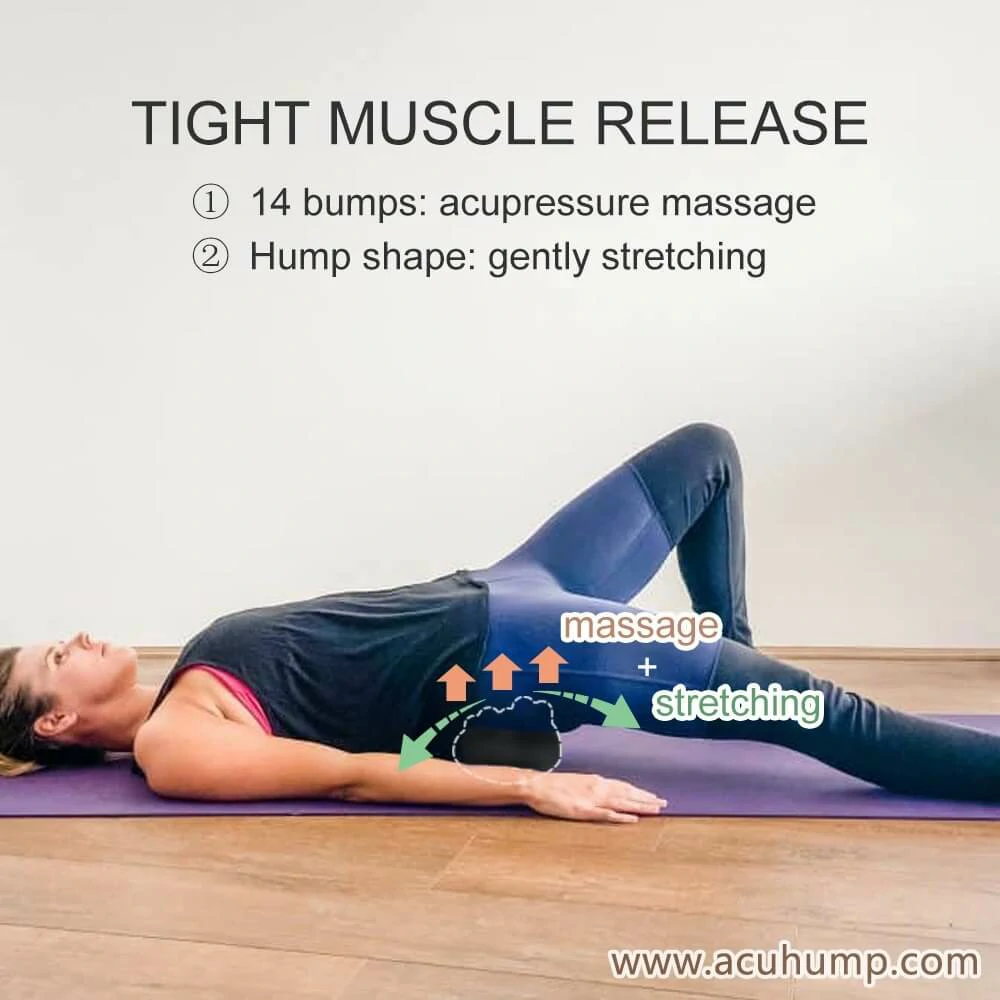
Acu-hump: Full refund policy. No risk for you.
Other Ways to Relieve Pain
In addition to using the Acu-hump, there are other ways to relieve pain from piriformis syndrome.
1. Rest and ice
A simple and effective method is to rest the affected area and apply ice packs or a cold compress. This helps to reduce inflammation and swelling, which can relieve the pain.
2. Stretching
If you’re experiencing piriformis syndrome, it’s common for the piriformis muscle to be tight. One way to alleviate the tension and decrease pain is through stretching. Incorporating simple stretching exercises, like the figure-four stretch, can be highly effective.
To learn more about helpful piriformis stretches, you can access and read the Piriformis Stretches PDF.
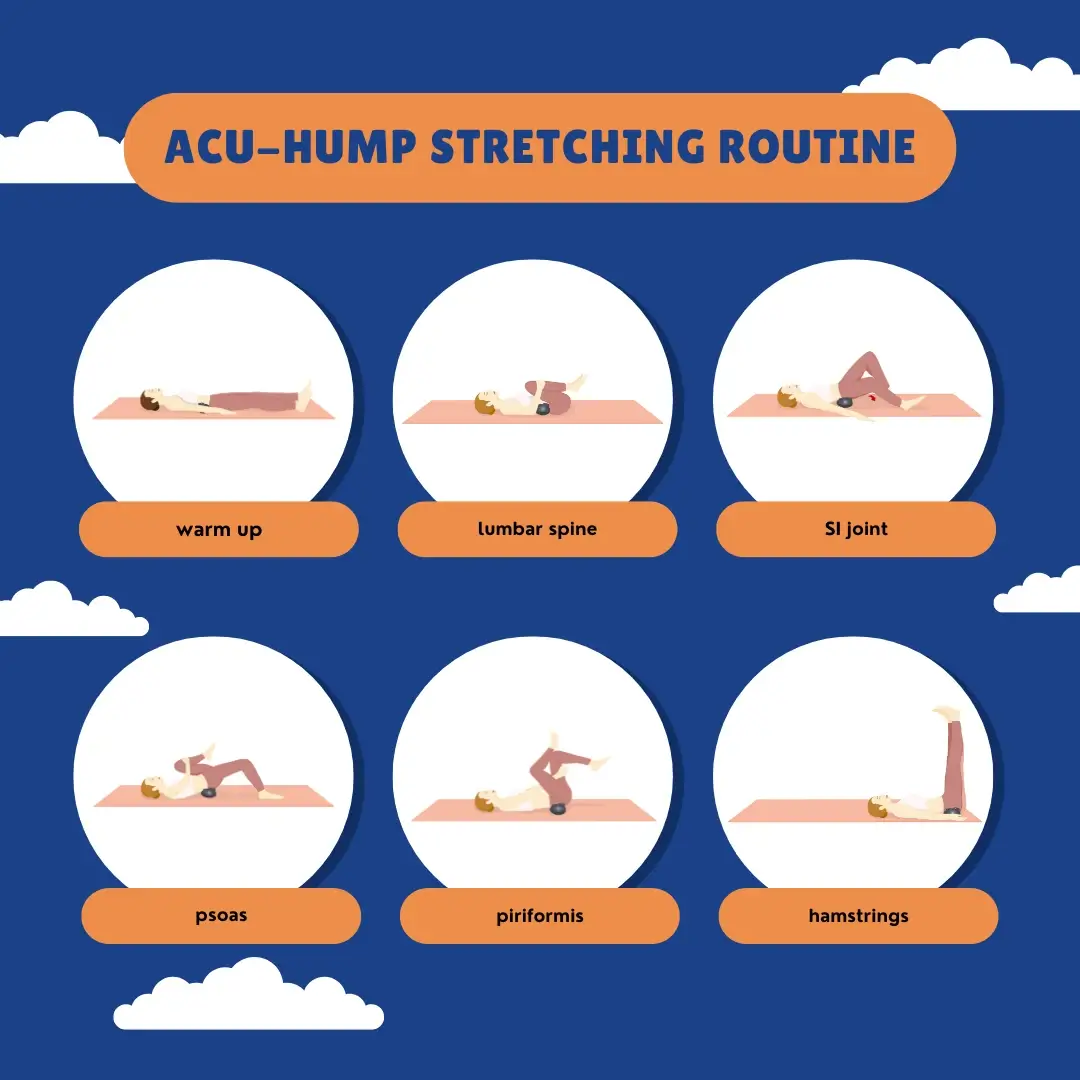
3. Massage therapy
A massage from a licensed therapist can help to relax the muscles and alleviate pain. The Acu-hump can also be used for self-massage to target the trigger points and knots in the muscles.
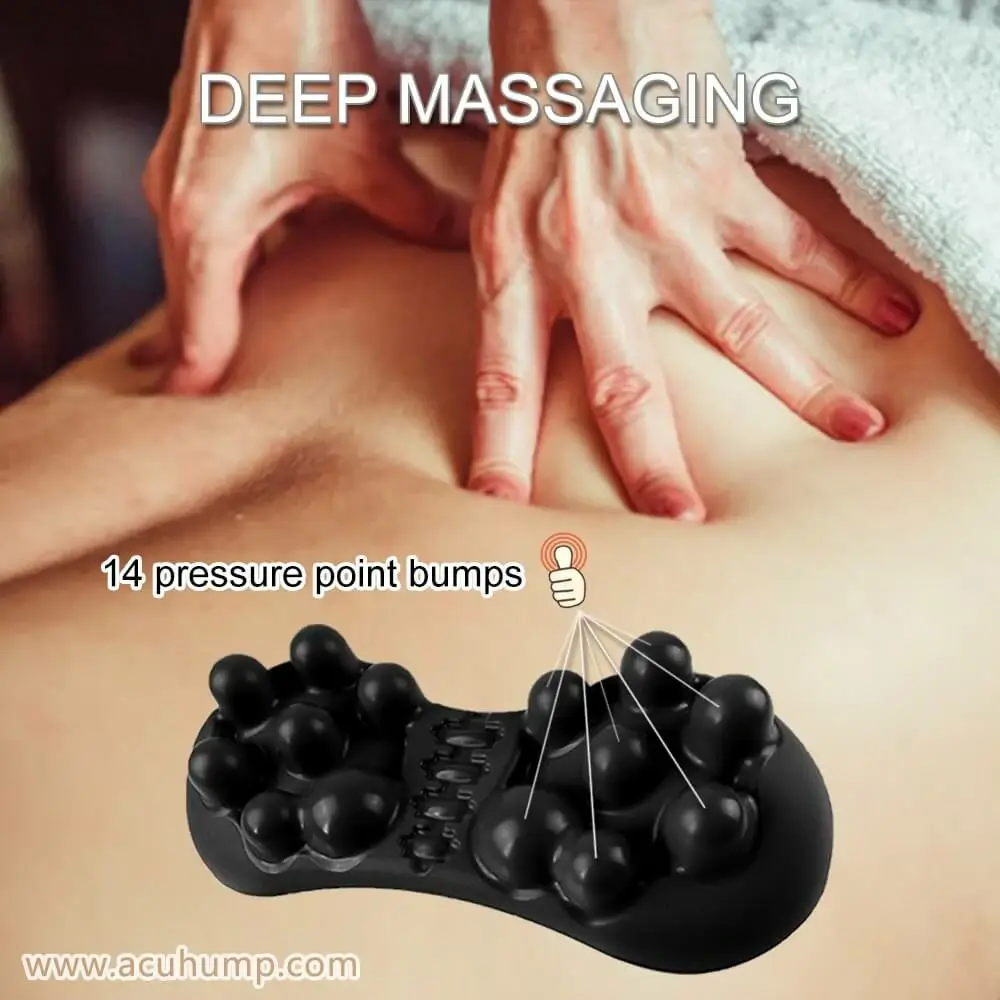
4. Exercise
Strengthening exercises that focus on the gluteal muscles can be beneficial in reducing the pressure on the piriformis muscle. Activities such as walking, swimming or cycling can also help to keep the muscles in good condition.
5. Acupuncture
Acupuncture involves the insertion of fine needles into specific points along the body. It has been shown to be effective in reducing pain and improving function in individuals with piriformis syndrome.
6. Medication
Over-the-counter pain relievers such as ibuprofen or acetaminophen can help to reduce pain and inflammation. Occasionally, muscle relaxants or corticosteroid injections may be recommended by healthcare professionals.
Key points for relaxing the piriformis muscle
When it comes to relieving piriformis syndrome, there are a few things to keep in mind in order to effectively alleviate the pain and discomfort associated with this condition. One of the most important things to consider when treating piriformis syndrome is the importance of relaxing the muscles from the lower back to the buttocks.
This is because the piriformis muscle is located deep in the buttocks, and tightness in this area can put pressure on the sciatic nerve, leading to pain and discomfort. By relaxing the muscles in the lower back and buttocks, tension is released from the piriformis muscle, thereby relieving pressure on the sciatic nerve and reducing pain.
When attempting to relax these muscles, it’s important to use the right techniques. Stretching exercises that target the lower back, hip flexors and glutes can help to loosen up these muscles and alleviate tension. Massage therapy or the use of a self-massage tool like the Acu-hump can also be effective in releasing areas of tightness and relieving pain.

Let’s Get Rid of Piriformis Pain
It is also important to be mindful of your posture and avoid prolonged periods of sitting or standing. Taking frequent breaks and stretching throughout the day can help to prevent muscle stiffness and tension.
There are 7 methods to relieve pain from piriformis syndrome. A combination of methods, including rest, stretching, exercise, massage, acupuncture and medication, may be needed for effective management. The Acu-hump is a useful tool for self-massage that can target the trigger points and knots in the muscles caused by piriformis syndrome. It’s important to consult with a healthcare professional to determine the most appropriate treatment plan for each individual’s unique needs and medical history.
